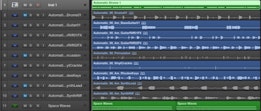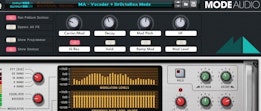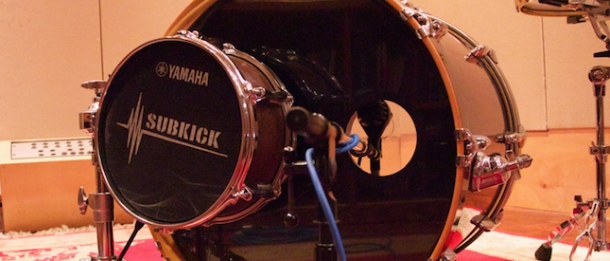
Time for a quick lesson in acoustics (don't worry, it'll be worth it) - most musical sounds are predominantly made up of combinations of individual tones, known as harmonics or partials. The frequency relations between the partials determine whether we perceive the given sound as pitched or inharmonic, with the partial with the lowest frequency of the set being referred to as the 'fundamental'.
If you've been producing for a while, you might already intuitively know this having EQed various instruments in different settings alongside a spectrum analyser - I'm willing to bet you've often noticed a low peak frequency area that changes with the pitch of the note being played. This fundamental frequency is arguably the most important partial in such sounds and boosting it can help sonic definition, pitch clarity and the instrument's ability to cut through a mix.
Slippery Pitch
For instruments that can change their pitch, it is tricky to boost the fundamental as it is constantly changing with the note being played. Recent improvements in frequency detection technology have, however, allowed plugin developers to come up with brilliantly clever EQ units that change their notch frequency in accordance with the harmonic spectrum of the sound they are being applied to (such as Sound Radix's Surfer EQ) - nonetheless, how well these devices really work is a matter for another article!
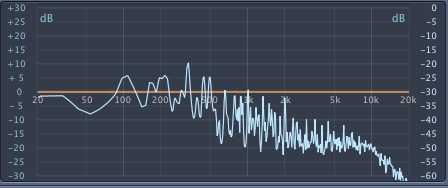
For instruments that typically do not change their pitch however, such as drums, finding and boosting the fundamental can work wonders in producing deep, resonant results. I'm going to focus on the kick drum here, though the techniques I am about to discuss can be equally applied to snares, toms and other drums.
First Foot Forward
The first step in identifying the fundamental of our kick drum, is to dial up an EQ and spectrum analyser, or just an EQ that also has frequency plotting functionality (such as Logic's channel EQ that I'll be using here).
Solo your kick channel, find a section that you can loop and look at the sound's frequency make-up with your analyser. You'll notice straight away that most of the sonic information contained in a typical kick sound occurs below 120 Hz - if we remember that the fundamental is the partial with the most energy, we can therefore safely assume that the fundamental is somewhere below this threshold.
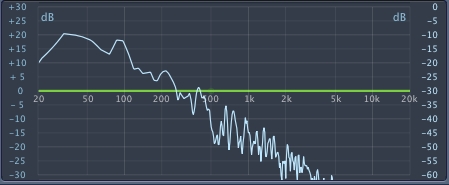
Chasing Tails
Open up your EQ and dial up a single notch filter with as high a Q setting as you can - the narrower the better. The reason for this is we want to isolate the fundamental over all other partials. Start off with a low gain amount of around 3dB (we've used a larger setting in our image just for demonstration purposes) and begin to slowly sweep your notch frequency down from 120 Hz towards 20 Hz and pay particular attention to any frequencies that really jump out at you.

Of course, as you're sweeping a notch with a narrow Q and gain boost, all the frequencies you encounter will sound louder than they did previously - what you're listening out for is one particular frequency that will really leap up in gain as you sweep down the spectrum.
If no frequency in particular jumps out of your speakers or headphones as you're doing this, try a slightly higher gain amount for your filter notch and start the process again. You need to be careful here as kick drum sounds carry a lot of low frequency energy, so you might want to reduce the overall volume of your channel to avoid clipping.
Thar She Blows!
Once you've identified the frequency with the most energy, dial back the gain and listen to the kick drum in the context of your mix. Start off from a 0dB gain amount and slowly boost it up till you just start to hear or feel that delicious extra resonance - job done!

This EQ technique really helps to serve up musical results, as we're respecting the intrinsic make-up of the kick drum as part of the process. Give it a try and deepen that bass!
Be sure to check out more of our mixing tutorials here.

